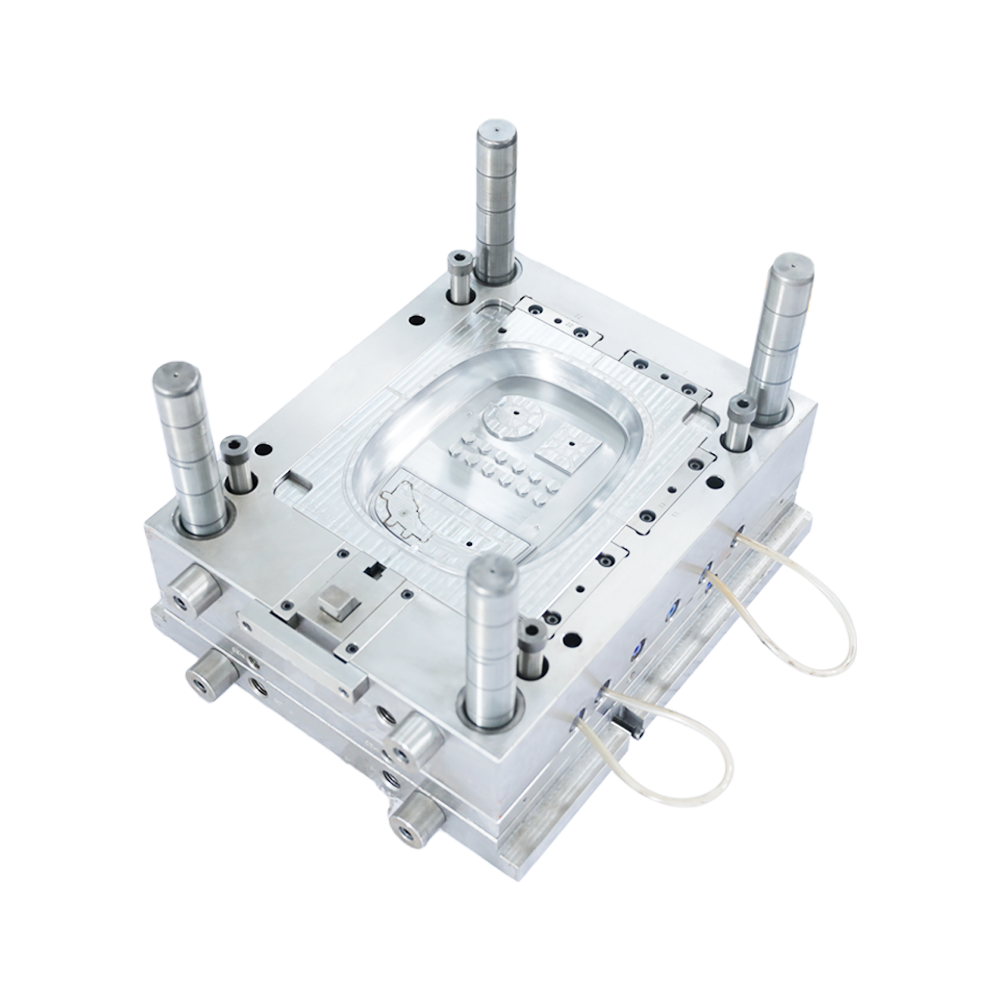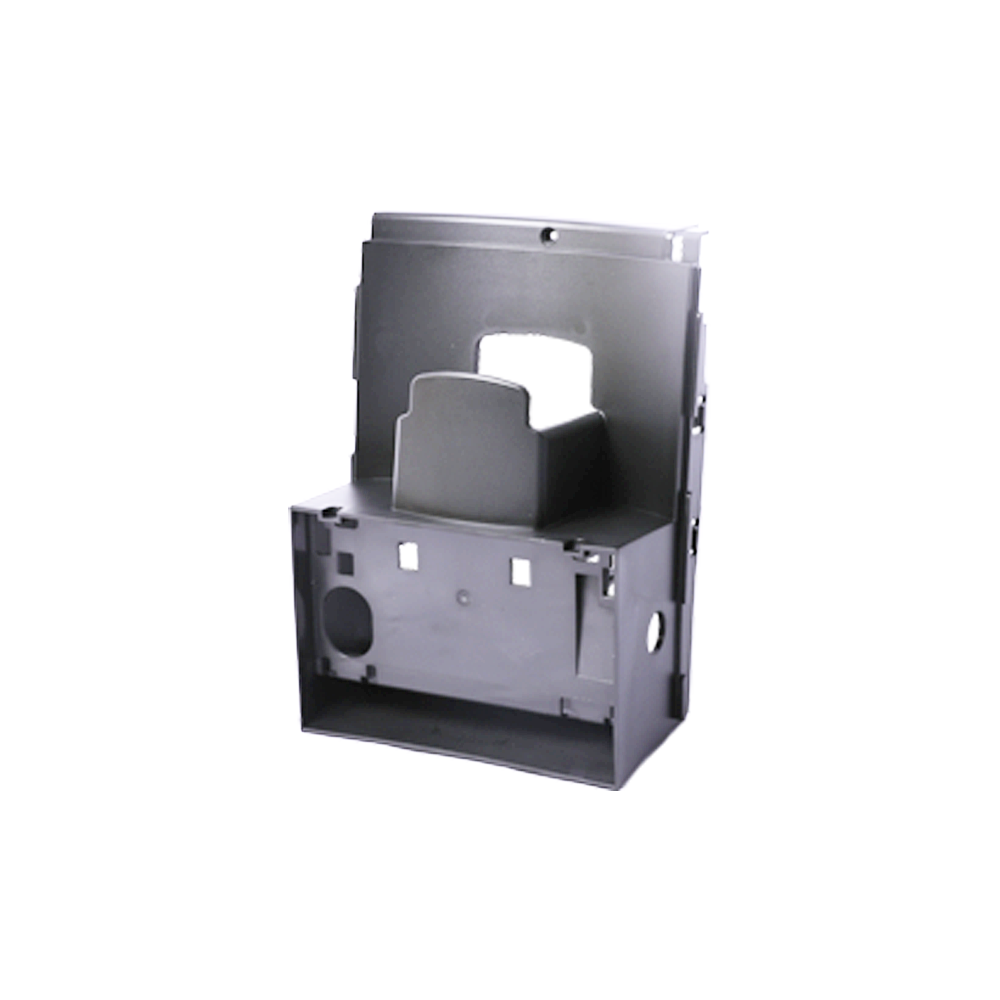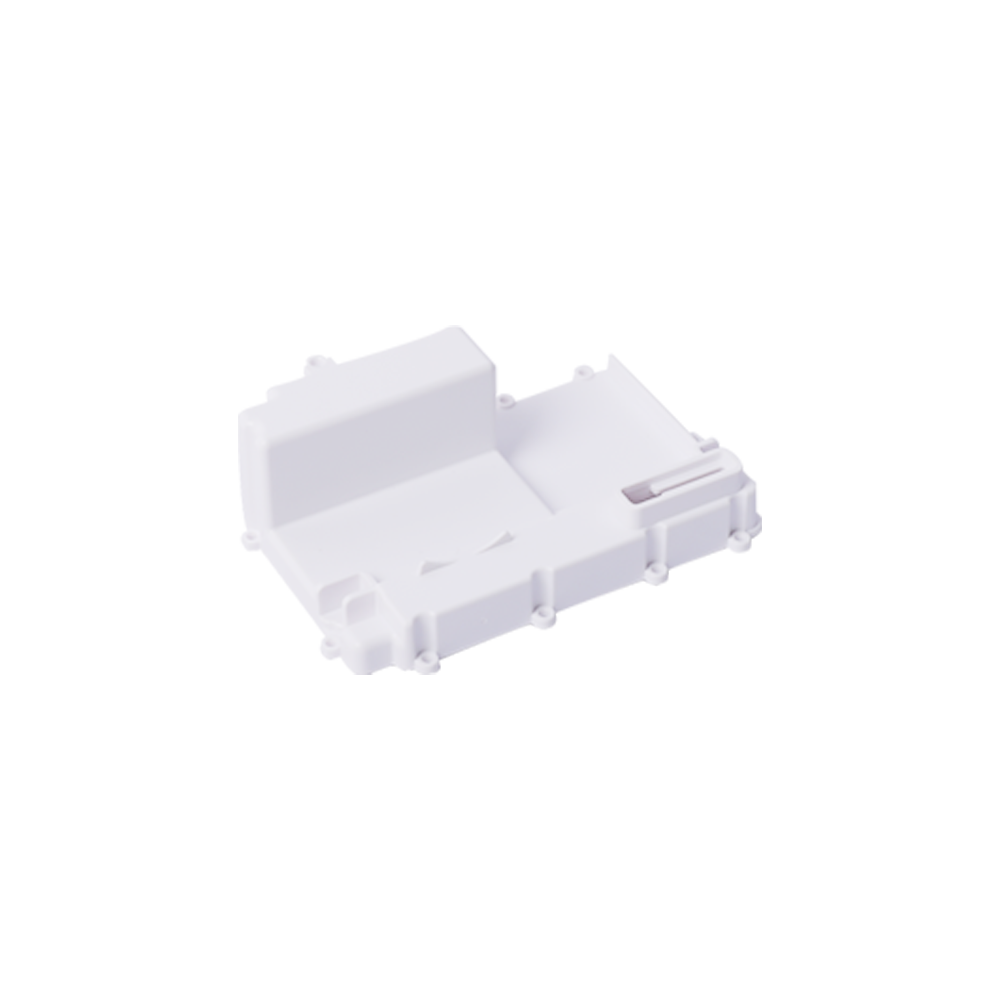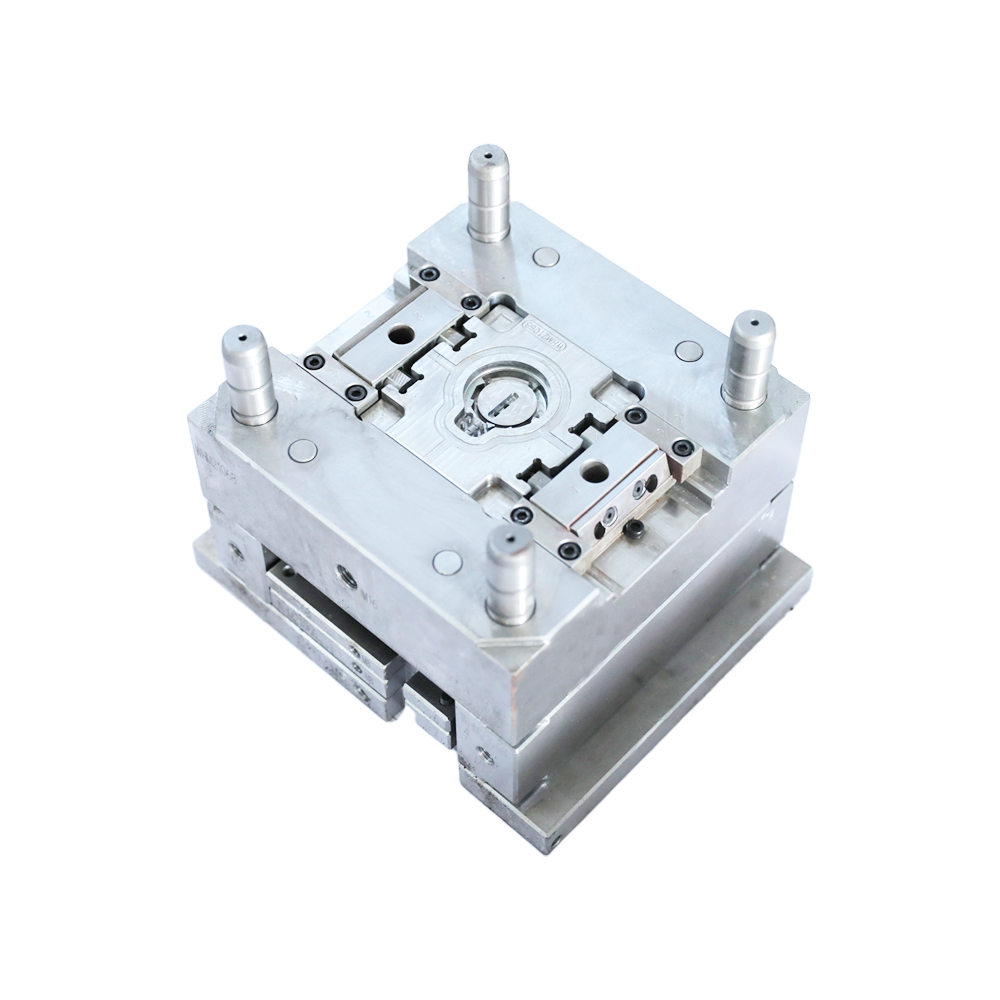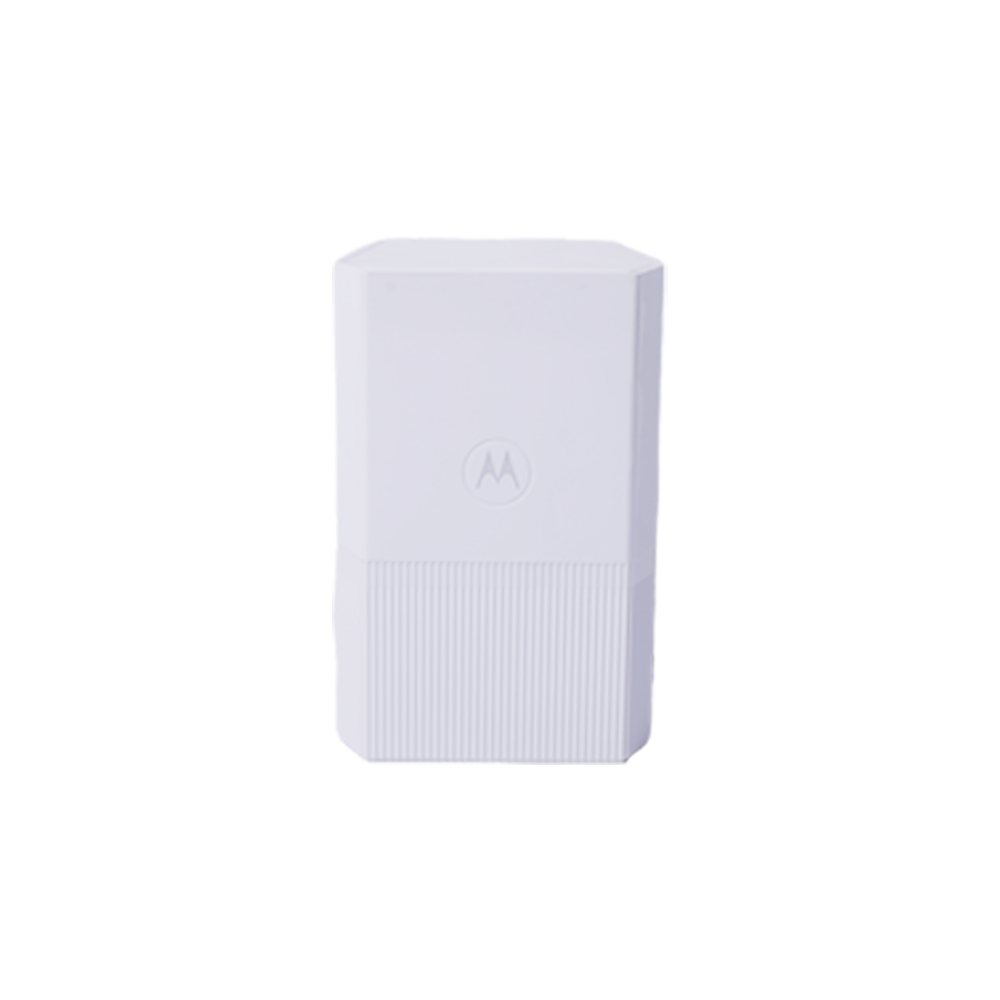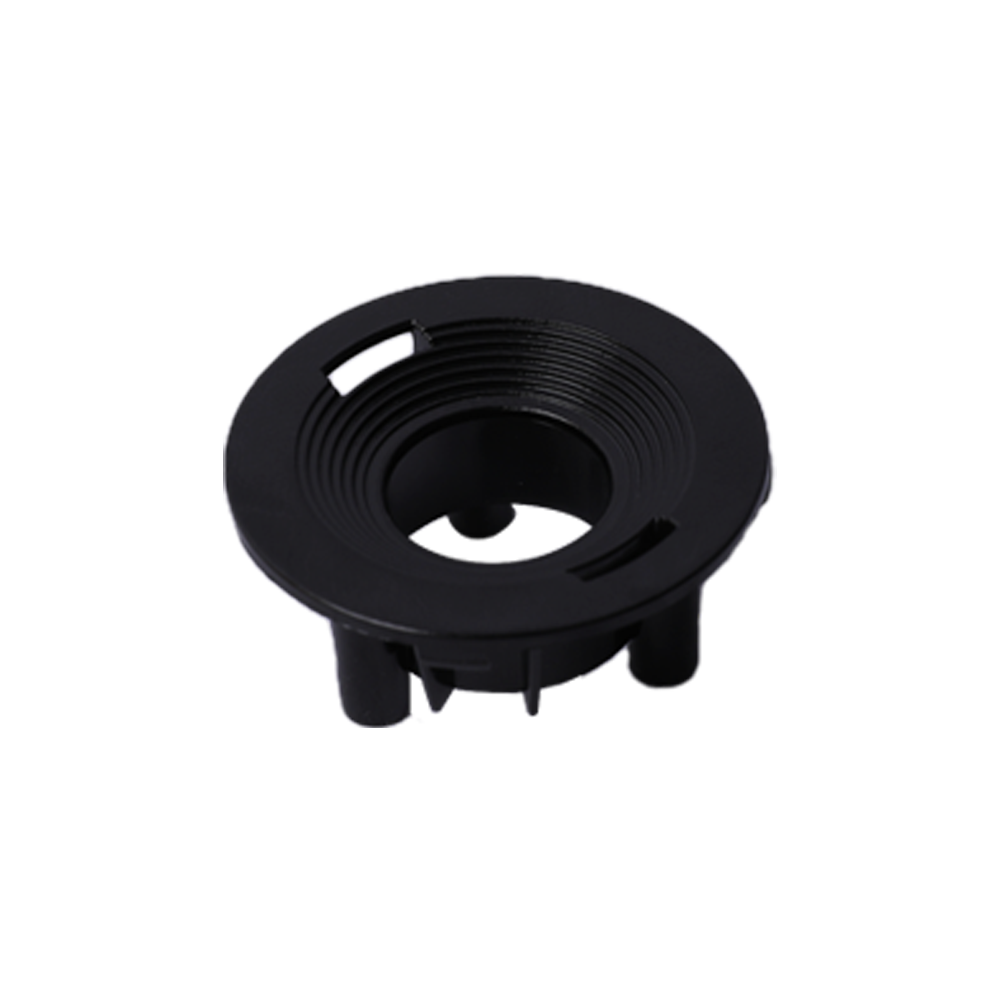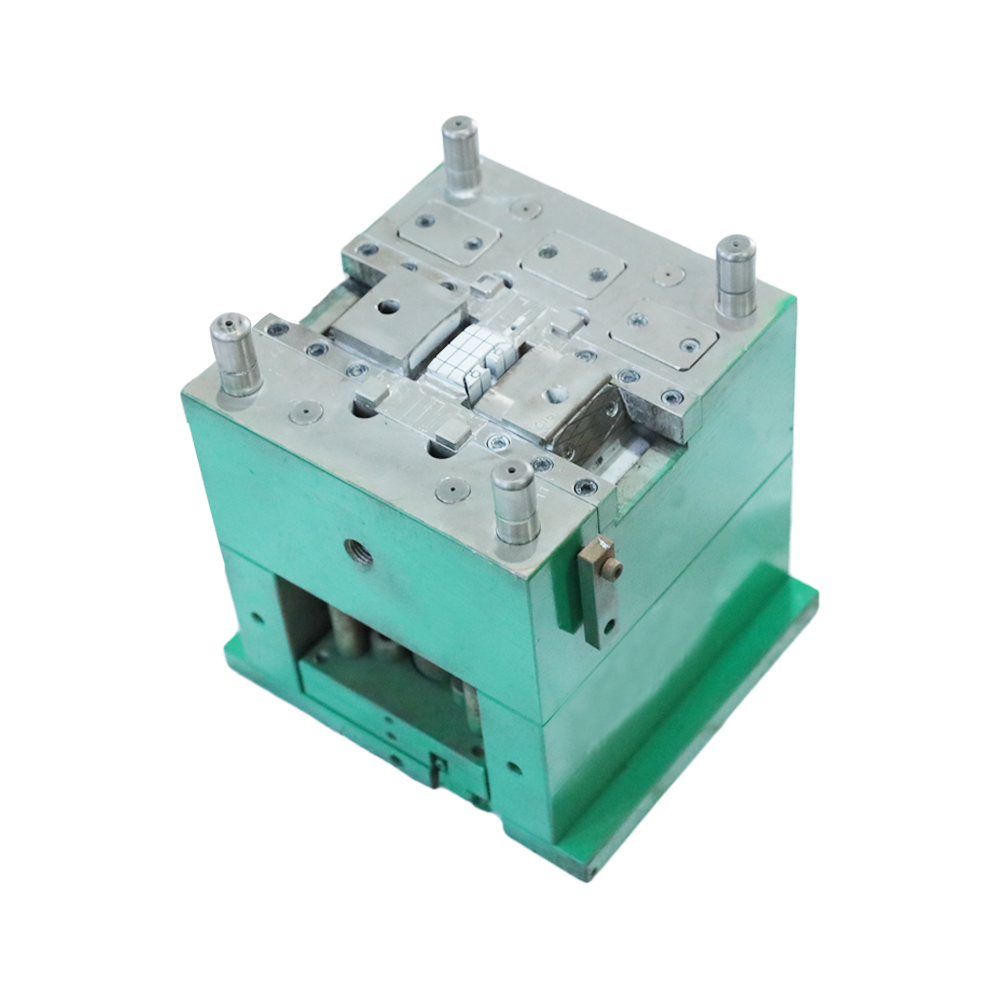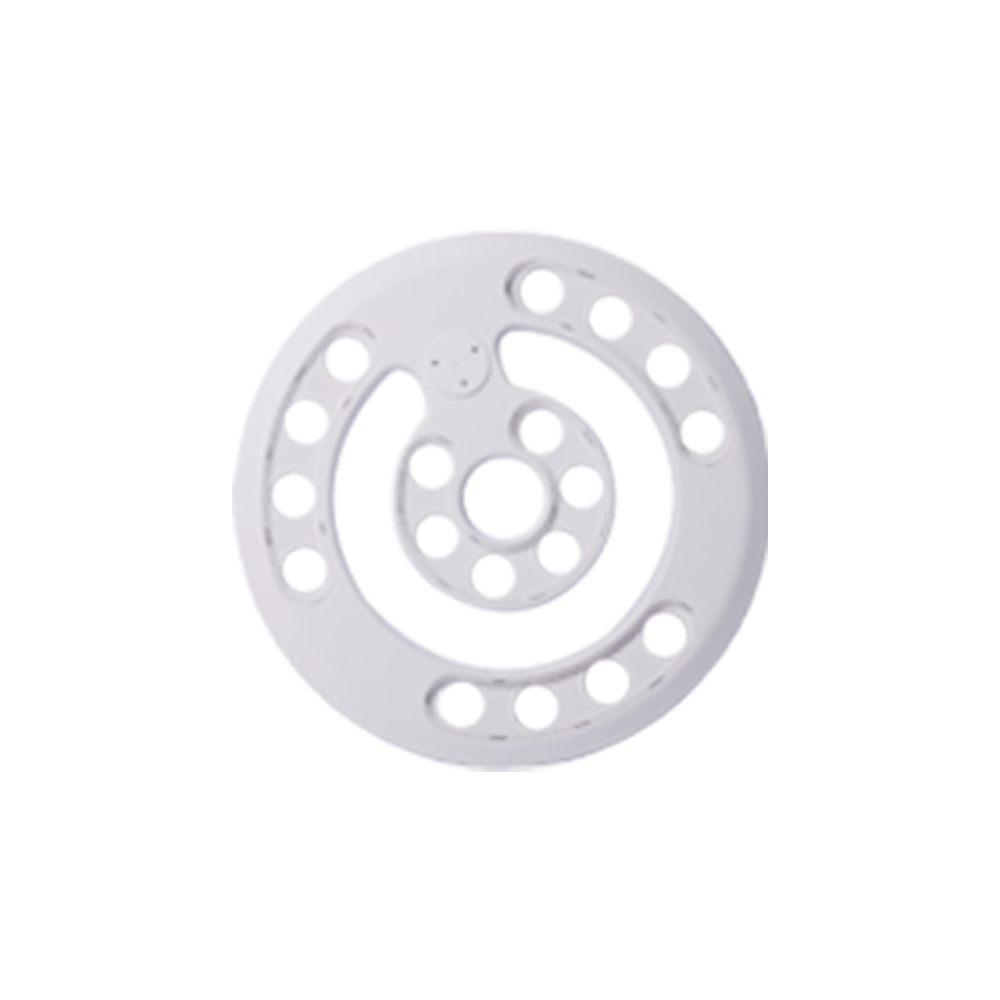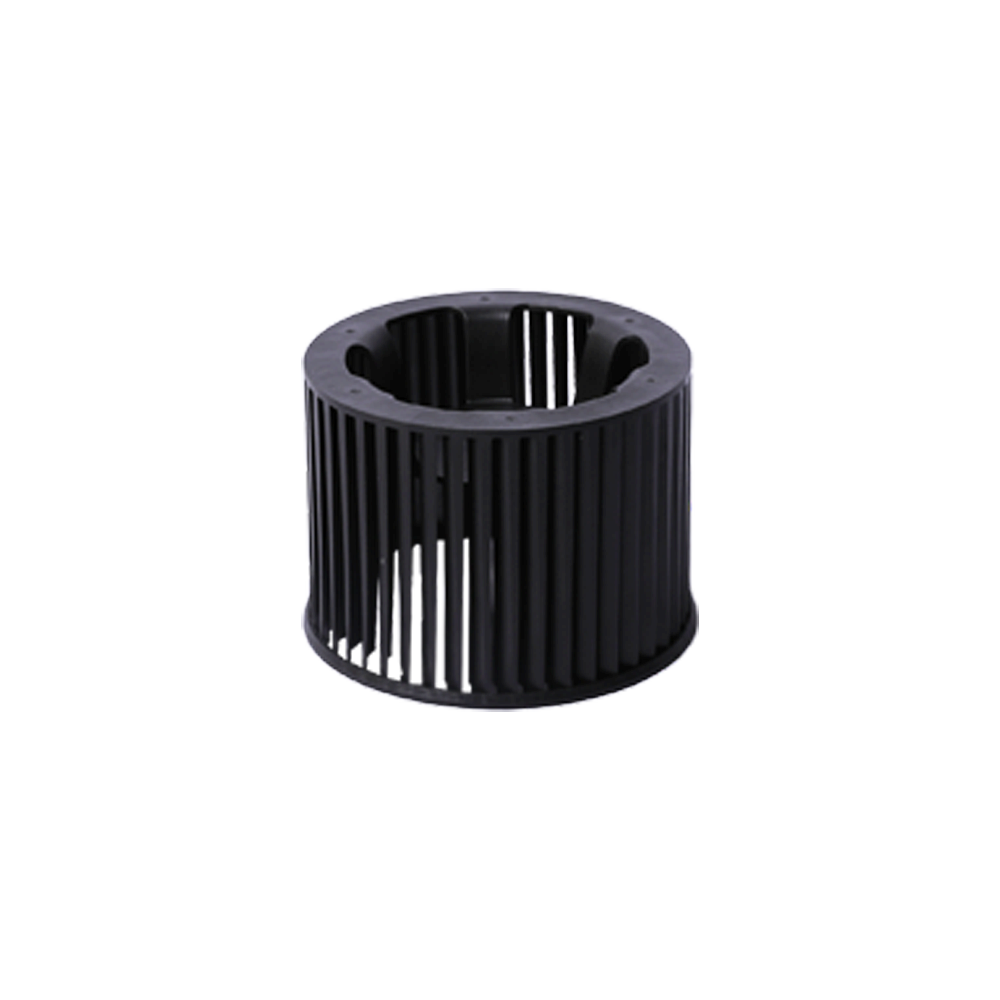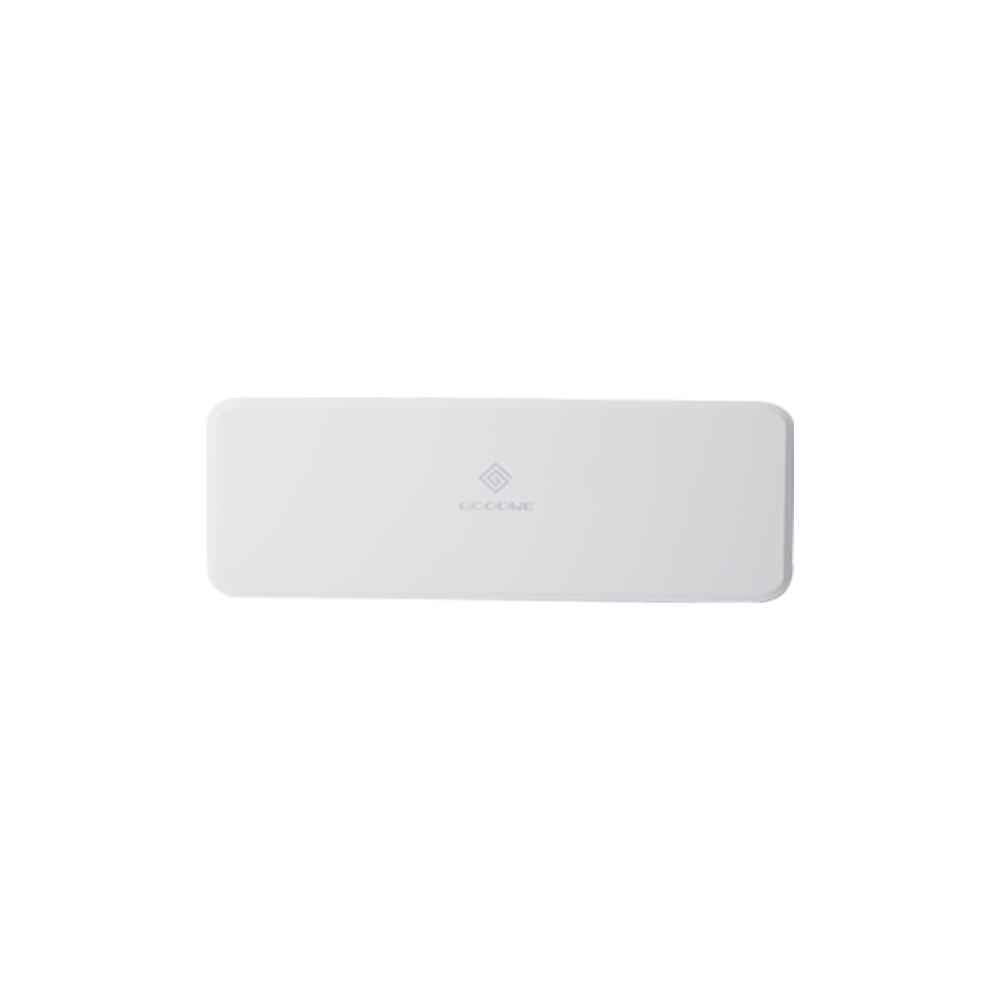What is a mold?
Molds, various molds and tools used in industrial production to obtain the desired products by injection molding, blow molding, extrusion, die casting or forging, smelting, stamping and other methods. In a nutshell, a mold is a tool used to make a shaped item, this tool is made up of various parts, and different molds are made up of different parts. It mainly realizes the processing of the shape of the article by changing the physical state of the formed material. Known as the "Mother of Industry".
Under the action of external force, the blank becomes a tool with a specific shape and size. It is widely used in blanking, die forging, cold heading, extrusion, powder metallurgy parts pressing, pressure casting, and compression molding or injection molding of engineering plastics, rubber, ceramics and other products. The mold has a specific contour or cavity shape, and the application of the contour shape with the cutting edge can separate the blank according to the contour shape (blanking). Applying the cavity shape allows the blank to obtain a corresponding three-dimensional shape. The mold generally includes two parts, a movable mold and a fixed mold (or a punch and a concave mold), which can be divided and combined. When separated, the parts are taken out, and when closed, the blanks are injected into the mold cavity to form. The mold is a precision tool with complex shape, which bears the expansion force of the blank, and has high requirements on structural strength, rigidity, surface hardness, surface roughness and machining accuracy. The development level of mold production is one of the important symbols of the level of machinery manufacturing.
Many types of molds
According to the processing object and processing technology, it can be divided into:
① Die for processing metal.
② Process non-metallic and powder metallurgy molds. Including plastic molds (such as two-color molds, compression molds and extrusion molds, etc.), rubber molds and powder metallurgy molds. According to the structural characteristics, the die can be divided into a flat blanking die and a cavity die with space. The mold is generally a single piece, small batch production
 +86-15995701933
+86-15995701933 [email protected]
[email protected]- OEM Plastic Mould Manufacturers

 ��������
��������
